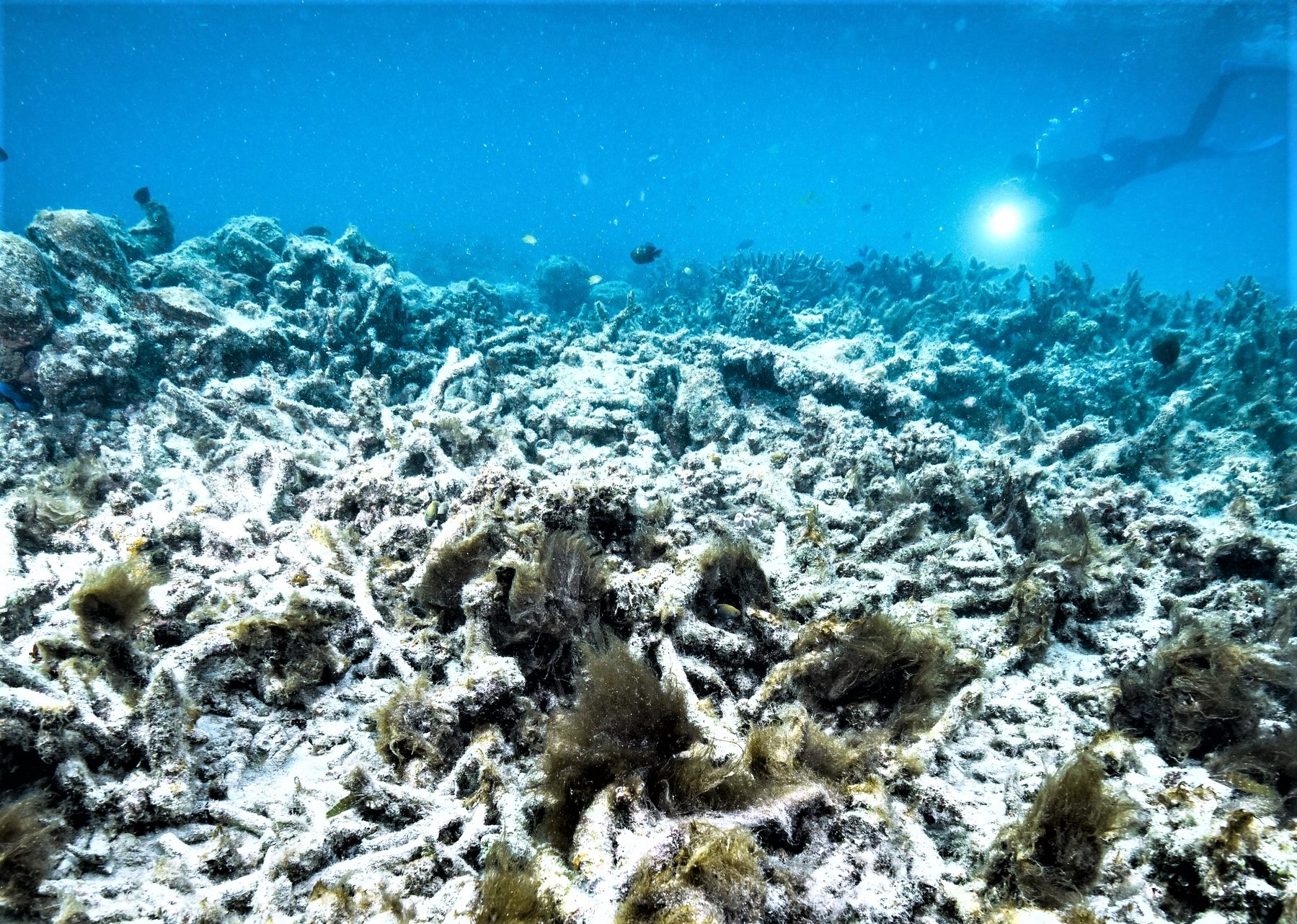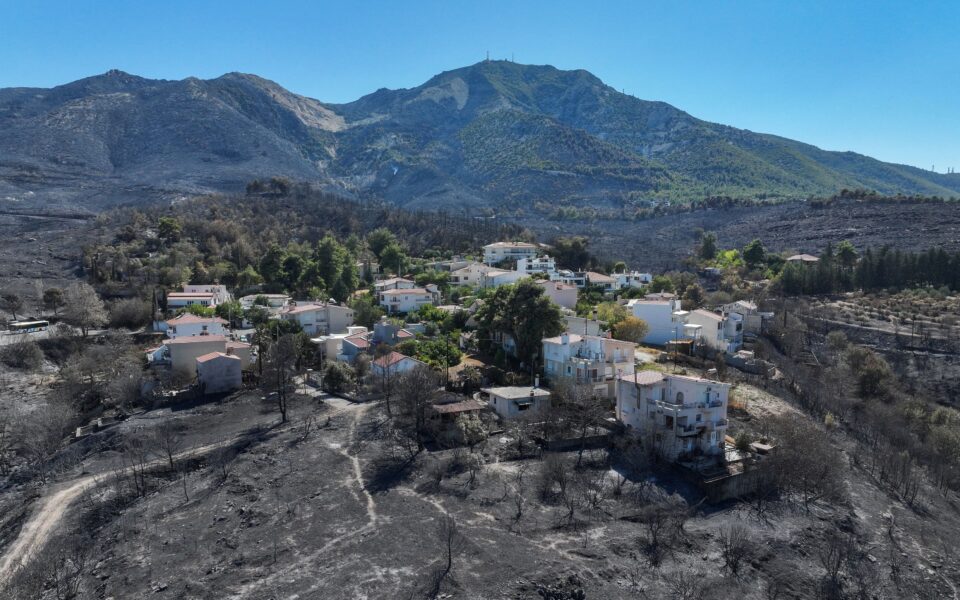Coral bleaching impacts 98 per cent of Great Barrier Reef, study finds


Just two per cent of the Great Barrier Reef has escaped bleaching over the past 30 years, as global warming increases the frequency and intensity of climate extremes, a new study has revealed.
The James Cook University study goes back to the first bleaching event in 1998, the hottest year on record prior to the turn of the century.
Five mass bleaching events since then have created a “checkerboard” of reefs with different recent histories, said the study’s lead author Professor Terry Hughes, of the Australian Research Council’s Centre of Excellence for Coral Reef Studies.
“We no longer have the luxury of studying individual climate-related events that were once unprecedented or very rare.”
“Instead, as the world gets hotter, we have to understand the effects of sequences of rapid-fire catastrophes, as well as their combined impacts.”
If global warming is kept to 1.5 degrees, the maximum rise in average global temperature that was the focus of the COP26 United Nations climate conference, the mix of corals on the Barrier Reef will change but it could still thrive, said Prof Hughes.
“If we can hold global warming to 1.5 degrees global average warming then I think we’ll still have a vibrant Great Barrier Reef.”
Bleaching is a stress-response by overheated corals that causes them to lose colour, and many struggle to survive.
Differences span the two per cent of reefs that “escaped bleaching altogether”, to the 80 per cent that have bleached severely at least once since 2016.
To understand how the Reef will fare in the future, there needs to be a better understanding of the compounding impacts of several disturbances over time and space, Prof Hughes said.
“For the first time, in 2020, we saw severe bleaching across the whole length of the Reef – in parts of the northern, central and especially the southern region.”
But each bleaching event has a different “geographic footprint”.
The northern Reef escaped damage in 1998 and 2002 before being the worst-affected region in 2016. The south escaped in 2016 and 2017.
Scientists found the responses to extreme heat depended on the recent history of bleaching.
In 2002 and 2017, it took more heat to reach similar levels of bleaching to events in 1998 and 2016.
“To our surprise, we found the threshold for bleaching was much higher on reefs that had experienced an earlier episode of heat stress,” co-author Mark Eakin said.
“Consequently, the most vulnerable reefs each year were the naive ones that had not bleached recently.”
When successive bleaching episodes were only one to three years apart, the earlier event may have hardened affected areas to further impacts, co-author Sean Connolly said.
“But more frequent, severe bleaching events will only undermine the resilience of coral reef ecosystems,” Professor Connolly said.
“Corals still need time to recover before another round of heat stress so they can make babies that will disperse, settle and recover the depleted parts of the Reef.”
Source: sbs.com.au




